Chapter: Basic Concept of Biotechnology : Antibiotics: Microbial Sources, Production and Optimization
Marine actinomycetes
Marine
actinomycetes
Actinomycetes
represent a ubiquitous group of microbes widely distributed in natural
ecosystems around the world and especially significant for their role in the
recycling of organic matter (Srinivasan etal.,
1991). Actinomycetes are abundant in terrestrial soils, a source ofmost
isolates shown to produce bioactive compounds. Goodfellow and Haynes (1984)
reviewed the literature on the isolation of actinomycetes from marine sediments
and suggested that this source may be valuable for the isolation of novel
actinomycetes with the potential to yield useful new products. Earlier studies
(Weyland, 1981; Helmke and Weyland, 1984) considered actinomycetes to be part
of an indigenous marine microflora. Others saw them primarily as wash in
components that nearly survived in marine and littoral sediments as spores
(Goodfellow and Williams, 1983). Jensen et
al. (1991) and Takizawa et al.
(1993) reported a bimodal distribution of actinomycetes in near shore tropical
marine environments. The existence of an autochthonous actinomycete population
was suggested by the isolation of actinomycetes from marine deep oceanic
sediments (Takizawa et al., 1993;
Ravel et al., 1998; Weyland and
Helmke, 1988).
Although the diversity of life in the terrestrial environment is extraordinary, the greatest biodiversity is in the oceans. More than 70% of our planet’s surface is covered by oceans and life on earth originated from the sea. In some marine ecosystems, such as the deep sea floor andcoral reefs experts estimate that the biological diversity is higher than in the tropical rainforests. As marine environmental conditions are extremely different from terrestrial ones, it is surmised that marine actinomycetes have different characteristics from those of terrestrial counterparts and, therefore, might produce different types of bioactive compounds. The living conditions to which marine actinomycetes had to adapt during evolution range from extremely high pressure and anaerobic conditions at temperatures just below 0˚C on the deep sea floor, to high acidic conditions (pH as low as 2.8) at temperatures of over 10˚C near hydrothermal vents at the mid-ocean ridges. It is likely that this is reflected in the genetic and metabolic diversity of marine actinomycetes, which remains largely unknown. Indeed, the marine environment is a virtually untapped source of novel actinomycetes diversity and, therefore, of new metabolites. However, the distribution of actinomycetes in the sea is largely unexplored and the presence of indigenous marine actinomycetes in the oceans remains elusive. This is partly caused by the lack of effort spent in exploring marine actinomycetes, whereas terrestrial actinomycetes have been, until recently, a successful source of novel bioactive metabolites. Furthermore, skepticism regarding the existence of indigenous populations of marine actinomycetes arises from the fact that the terrestrial bacteria produce resistant spores that are known to be transported from land into sea, where they can remain available but dormant for many years. Thus, it has been frequently assumed that actinomycetes isolated from marine samples are merely of terrestrial origin.
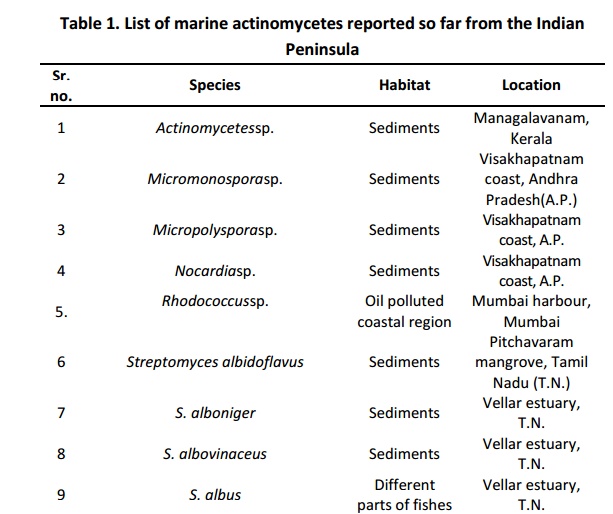
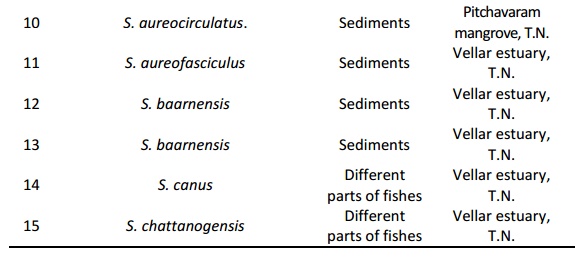
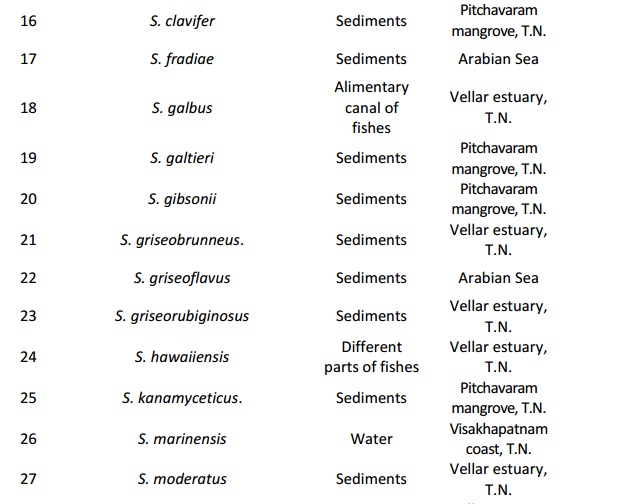
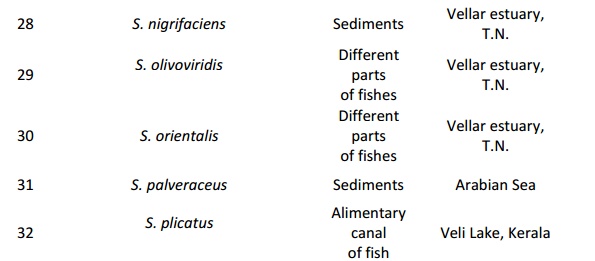
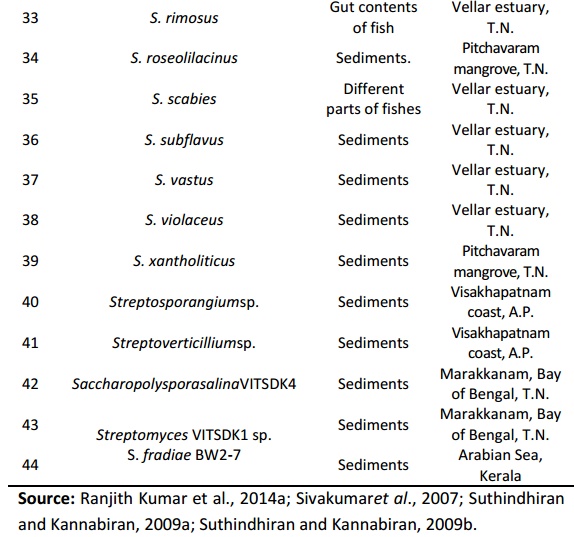
Related Topics